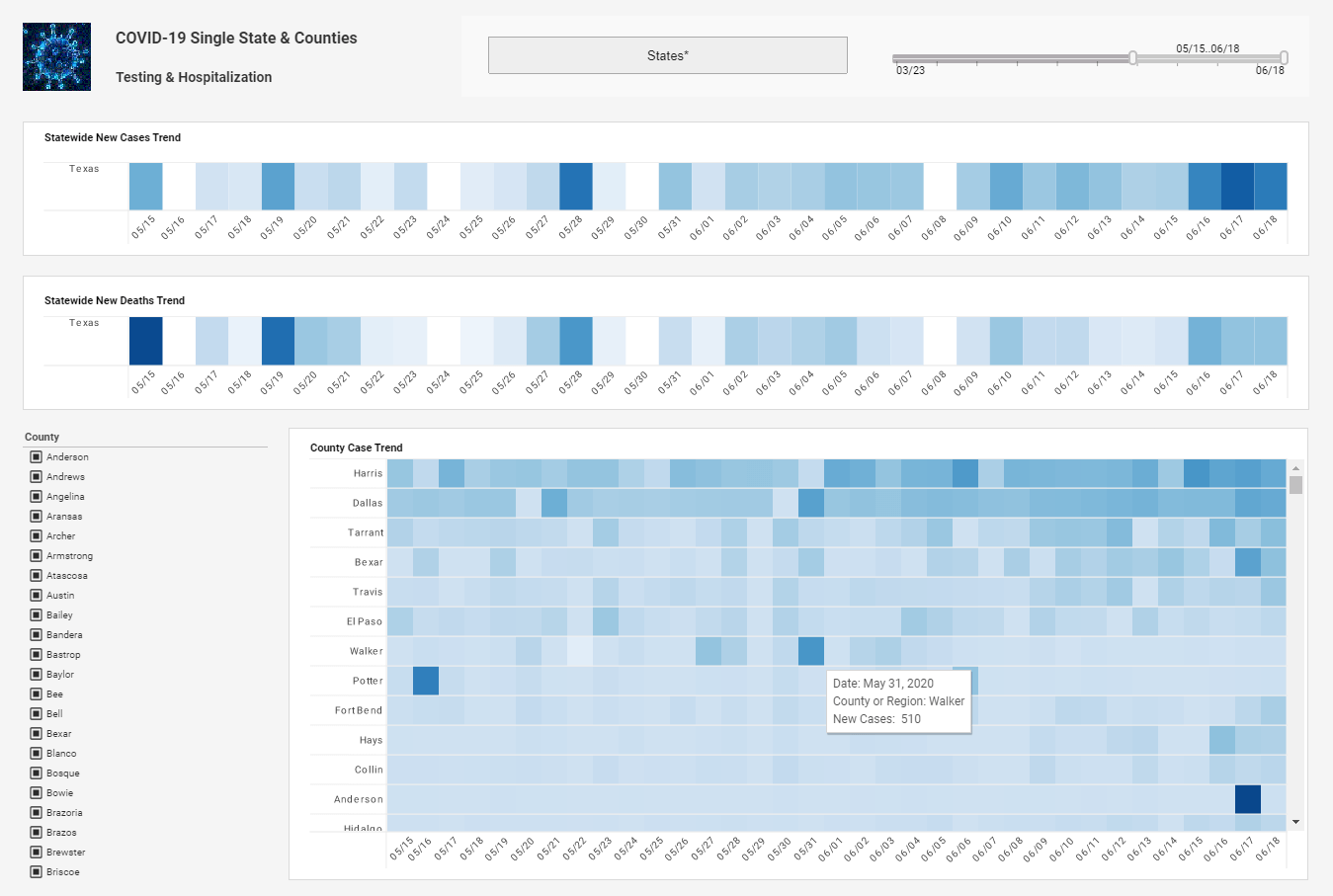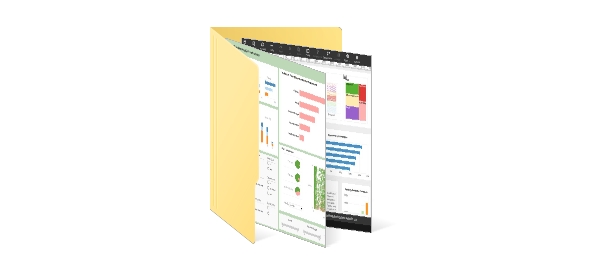Consistency Between the BI Layer and the ETL Layer
This is the continuation of the transcript of a Webinar hosted by InetSoft on the topic of "How To Deliver A Good BI Application." The speaker is Abhishek Gupta, product manager at InetSoft.
If we look at the product division we see the definition that the business has given to this thing called product division. That can then be used consistently with the BI layer in and the ETL layer and the database layer. And we can even take it as far as when you hover over it when you are actually in the BI layer in a report, this definition will actually show up as what this term really means.
This is another one of the reasons we like the consensus tool so much. So if you can imagine, we haven’t really generated anything technically. We simply have this information package in the form of a business model that is in this screen. Then we take that back in Sprint 0 to the business, and we can answer these questions. These are the use cases that represent what the BI layer would be able to answer.
We have not done anything except build the business model at this point. So if we can get the clarity and the playback and the feedback and we need to adjust things, we go back in and adjust the business model. And we have not spent a single hour creating a single report. What we have now is a meaningful semantic layer, or a single ETL process. We have done it very efficiently.
Prototyping and Agile Methodology
We created a business model that can be validated with the business, and from there then we can auto generate the prototype or the solution and as you can see from the business model. We can create tools. We can create the different database solutions or the different BI semantic layers so we can very rapidly develop the business intelligence assets once we’ve got that business model validated.
That’s when we hit what I call the magic button. We create the data warehouse framework right off the tool whether it’s an SQL Server database or any one. First we populate it with some sample data or dummy data that we can do in Excel. It’s just a dummy data set loaded into the database. And now we have a working prototype that we can then get an effective set of validations going that the business can react to. They can say, I like this model. I don’t like this. We go back and change the model, regenerate the prototype and move on from there.
The other thing we can do is address targeted source mapping within the tool, within the consensus tool. We can actually talk about how we’re going to do the transformations as you can see. This is the product transformation, and we can look at the tables and and that kind of stuff. Again it's all stored within the repository and is all reusable.
Benefits of the Process
Then from there, we can push that out to the dashboards and reports. And finally, use the agile scrum methodology, the Sprint zero methodologies, and the three lifecycles I talked to you about. What we have found is that our teams are able to gain productivity. They have had gains from sprint to sprint. So if we are going from sprint one or two to sprint 4, we have seen a 60% enhancement with the same team doing 60% more work.
For example, ETL jobs went from 2.3 jobs to 3.8 over from sprint two which is a six weeks cycle. So almost immediate we had efficiency gains while we follow the process. We follow the process of getting the validation through the prototyping and the business modeling and the data profiling in the Sprint 0 work and using up the consensus tool. We can see that change request in this case fall, and so what we see is that the defect rate is zero within a release.
Certainly across releases we have seen a couple of cases where we were able to achieve zero defects, right out of the gate. So as the teams get more familiar with and more comfortable with the methodology and the processes and embedding, coupling well with the consensus tool, we end up with high value, lower cost and a much higher quality product.
So the tools can really help because we get a common definition used across the different component tree and the idea is that every project I would encourage you to bring in Sprint 0 into every project you do for six weeks. Use the prototyping techniques. Use the profiling to find your skeletons. This is going to allow you to hit that home run every time.
Every time we do this the business says that’s exactly what I want. The user acceptance step is almost rubber stamping because they have seen the solution two, three, four times before it actually goes live, and in terms of walking the walk, because of we’re so confident in how we estimate and gather requirements and in our methodology, we’re always willing to fix our price for the work.
How Could the ETL Process Benefit from StyleBI?
The ETL (Extract, Transform, Load) process can benefit significantly from StyleBI by streamlining and modernizing how data is integrated, shaped, and delivered for analysis. Unlike traditional ETL tools that require heavy scripting and batch processing, StyleBI offers a lightweight, serverless architecture that supports real-time or near-real-time data mashing without the need for complex pipelines. Its visual data preparation interface allows users—both technical and non-technical—to connect to diverse data sources, apply transformations, join datasets, and create live dashboards all within the same environment.
StyleBI simplifies data integration by enabling users to drag-and-drop data fields, apply filters, and perform calculations through a web-based interface, reducing reliance on IT teams and accelerating time to insight. Because it is designed for flexibility, StyleBI supports both traditional relational databases and modern APIs or cloud sources, making it a robust solution for hybrid data environments. Additionally, the transformations applied in StyleBI are reusable and version-controlled, making it easy to adapt and scale ETL workflows as business needs evolve.
With built-in data governance features and support for secure, multi-tenant deployment, StyleBI ensures that the transformed data is both trustworthy and compliant with organizational standards. The immediate visualization capabilities also act as a validation layer, helping users detect anomalies or inconsistencies before data reaches executive reports. Overall, StyleBI redefines the ETL process by embedding it directly into the analytics workflow, transforming it from a backend burden into an agile, user-empowered capability.



